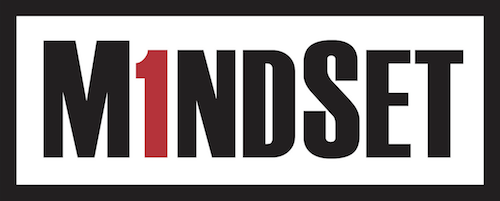My formative years coincided with the peak of the cold war in the sixties. It was a raucous time of great social unrest coupled with an ever-present awareness of the danger of nuclear annihilation. I can recall asking adults the following question: do the people of the Soviet Union know they are evil, or do they think they are fine and we are evil? The answer I usually got was something along the lines of, “Well, probably most of them think they are right and that we are the problem.” Given I knew we were the good guys, I wondered how in the world they could actually believe that!
I am today a bit less naïve. Confirmation bias, availability bias, social proof, and excessive self-regard tendency (among other cognitive biases) can all distort rational thought; when present in combination, they can result in an epicenter of evil seeing itself as a bastion of good.
Well, with far fewer cataclysmic implications, we can find many poor leaders at the company level. And much like the global musings before, I wondered if they were aware of their leadership shortcomings. What I have found is that:
- almost no terrible leaders are intentionally lousy, and
- few of them recognize their inadequacy.
These lousy leaders just don’t see it. They don’t grasp the importance of culture. They don’t understand how to engender pride in their employees. They don’t see the connection between their commitment to the success of each individual employee and the employee’s reciprocal dedication to the success of their company. They miss opportunities to foster staff growth, often making decisions in isolation. They are clumsy with conflict, bringing more angst than elation to the work setting.
The result is that poor leaders sometimes do damage by their actions (commission) but often the greatest damage is done from what they fail to do (omission). They walk right past that opportunity to say the right thing to that young staff member who needs reassurance. They don’t slow down to ask – really ask – how their assistant is doing as she deals with her mother’s health issue. They don’t see the opportunity to link two staff members together who could help one another grow or deal with a tough personal situation. They don’t think of inviting that eager staff member to sit in and observe a decision making process. It does not occur to them to send that last appreciative email before they go home. Nope – they don’t see these things and then make a conscience decision to be incompetent…they just don’t see it.
A major part of becoming a better leader is to improve your cultural eyesight. Don’t overlook chances to tell your Stars how much you appreciate them. Constantly catch staff members doing well and let them know you see it. Take time to get to know your employees as individuals – their backgrounds and dreams for the future; then enjoy taking an active role in making those dreams come true. Learn to address conflict effectively and don’t let feelings of hurt, anger, or fear linger between you and others. Treasure laughter and joy in the workplace.
If you take on the orientation above, you will start to see many more opportunities to create and protect a fantastic workplace culture – opportunities that others will miss. And both you and your company will find greater success. And the neat thing with leadership is that if you focus hard enough, you can significantly improve your cultural eyesight.

Founder of MindSet, LLC.

